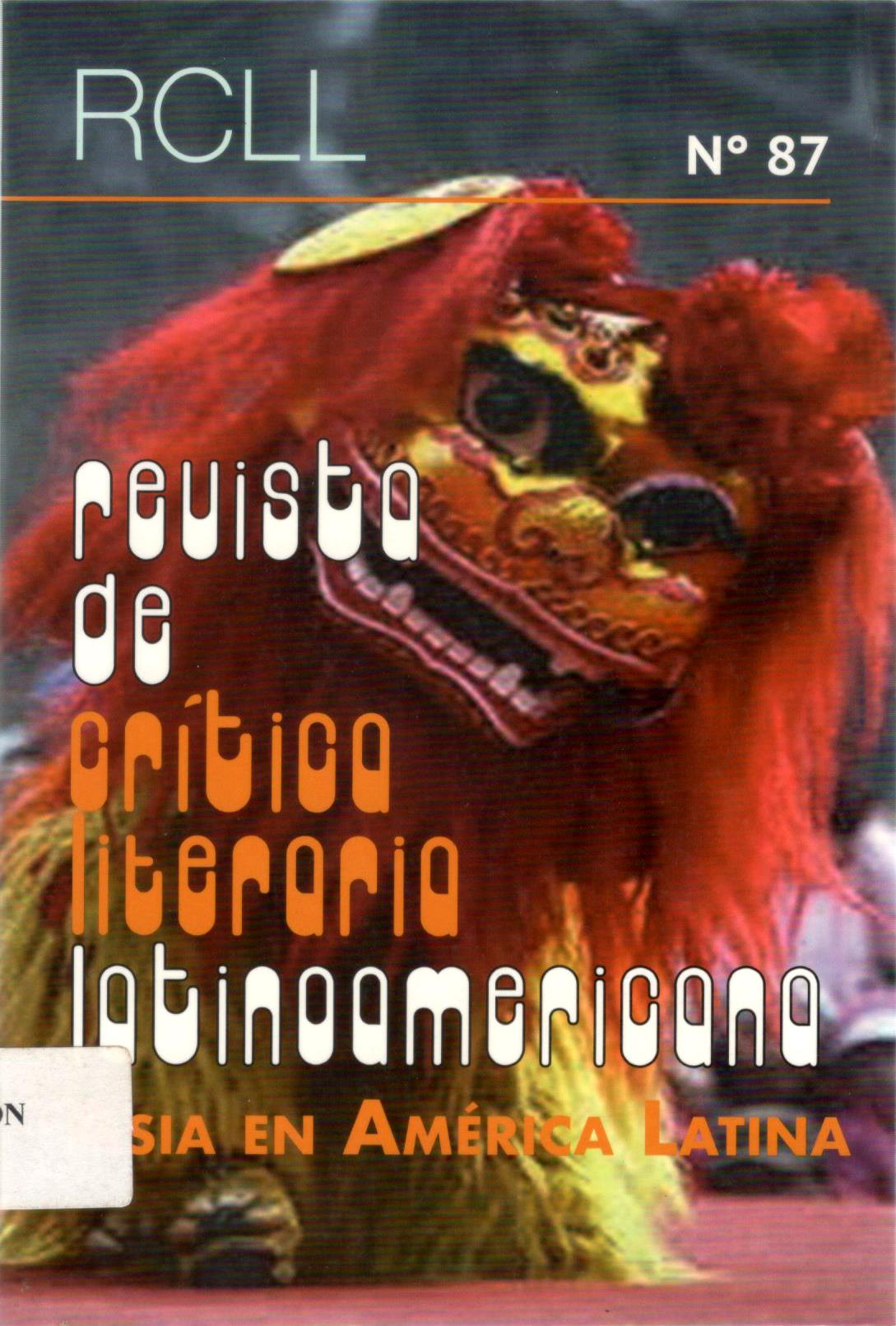Huellas chinas en obras literarias cubanas
Keywords:
transculturation, Cuban literature, Chinese cultureAbstract
Since the second half of the nineteenth century, Chinese immigration has left profound traces in Cuban culture, which, through the process of transculturation and mixture, still continue to this day. Taking into consideration Ramón Meza’s Carmela (1887), a novel in which a Chinese character appears for the first time in Cuba, José Martí’s “Un funeral chino” (1888), Alfonso Hernández Catá’s “Los chinos” (1923), Regino Pedroso’s El ciruelo de Yuan Pei Fu (1955), José Lezama Lima’s Paradiso (1966), and Severo Sarduy’s De donde son los cantantes (1967), this essay analyzes the way in which such a cultural dialogue is produced in the works of these writers and the organization of literary discourse.





